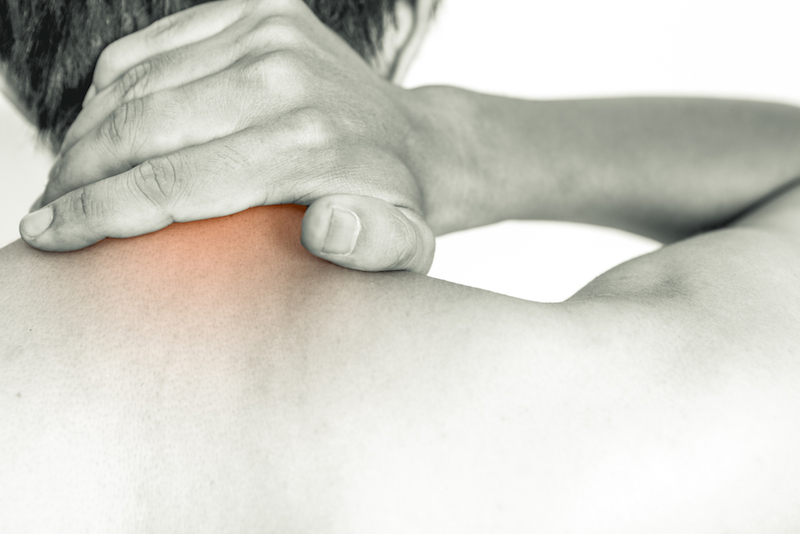That 'Feeling in Your Bones' Has Nothing to Do with the Weather

Some people say their joint or back pain changes with the weather, but a new study finds no link between achy joints and rainfall patterns.
The study analyzed Medicare insurance claims from more than 1.5 million Americans ages 65 and older, along with daily rainfall data from the National Oceanic and Atmospheric Administration. Using the insurance claims, the researchers looked at the number of patient visits to doctors for joint or back pain on rainy days versus nonrainy days.
They found that, out of the more than 11 million patient visits overall, the percentage of visits for joint and back pain was similar on rainy days and nonrainy days. Specifically, 6.35 percent of office visits on rainy days included reports of joint and back pain, while 6.39 percent of office visits on nonrainy days included reports of joint and back pain.
But because it may be difficult for patients to schedule a visit on the day their pain flares up, the researchers also looked at whether those visits to the doctor for joint or back pain were related to rainfall that might have occurred over the previous week. Again, they found no link: Rates of joint or back pain visits during weeks with seven rainy days were similar to those for weeks with zero rainy days, the researchers said. [5 Surprising Facts About Pain]
"No matter how we looked at the data, we didn't see any correlation between rainfall and physician visits for joint pain or back pain," Anupam Jena, lead author of the study and an associate professor of health care policy at Harvard Medical School, said in a statement. "The bottom line is: Painful joints and sore backs may very well be unreliable forecasters" of the weather.
The study is published today (Dec. 13) in a special Christmas issue of the medical journal The BMJ; the holiday edition features research that is more lighthearted than the journal's usual fare.
The findings agree with previous studies from Australia, which found no link between the weather and reports of low back pain or knee arthritis.
Sign up for the Live Science daily newsletter now
Get the world’s most fascinating discoveries delivered straight to your inbox.
So why does this belief persist, despite a lack of evidence supporting it? One reason could be that people's beliefs are self-fulfilling, the researchers said. For example, if a person believes that the weather influences his pain, and his knee hurts on a rainy day, this event may stick in his mind; but if his knee doesn't hurt on a rainy day, he might forget about it, Jena said.
"As physicians, we should be sensitive to the things our patients are telling us. Pain is pain, with or without rain," Jena said. "But it's important to know that, at the clinical level, joint pain does not appear to ebb and flow with the weather," he said.
Still, the researchers note that their study did not include information on pain severity or the use of over-the-counter painkillers, which could affect the results. Thus, the researchers say that larger studies with more detailed data sets could still be useful in examining this link.
Original article on Live Science.

Rachael is a Live Science contributor, and was a former channel editor and senior writer for Live Science between 2010 and 2022. She has a master's degree in journalism from New York University's Science, Health and Environmental Reporting Program. She also holds a B.S. in molecular biology and an M.S. in biology from the University of California, San Diego. Her work has appeared in Scienceline, The Washington Post and Scientific American.









